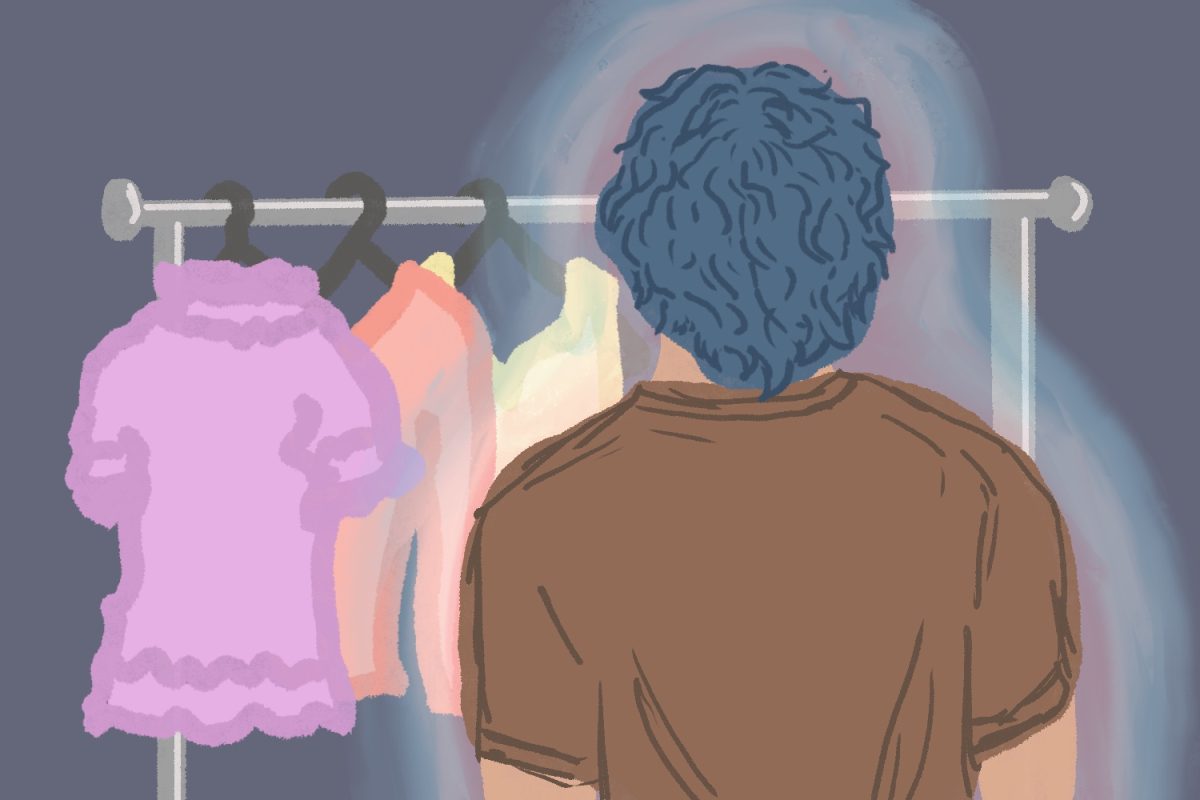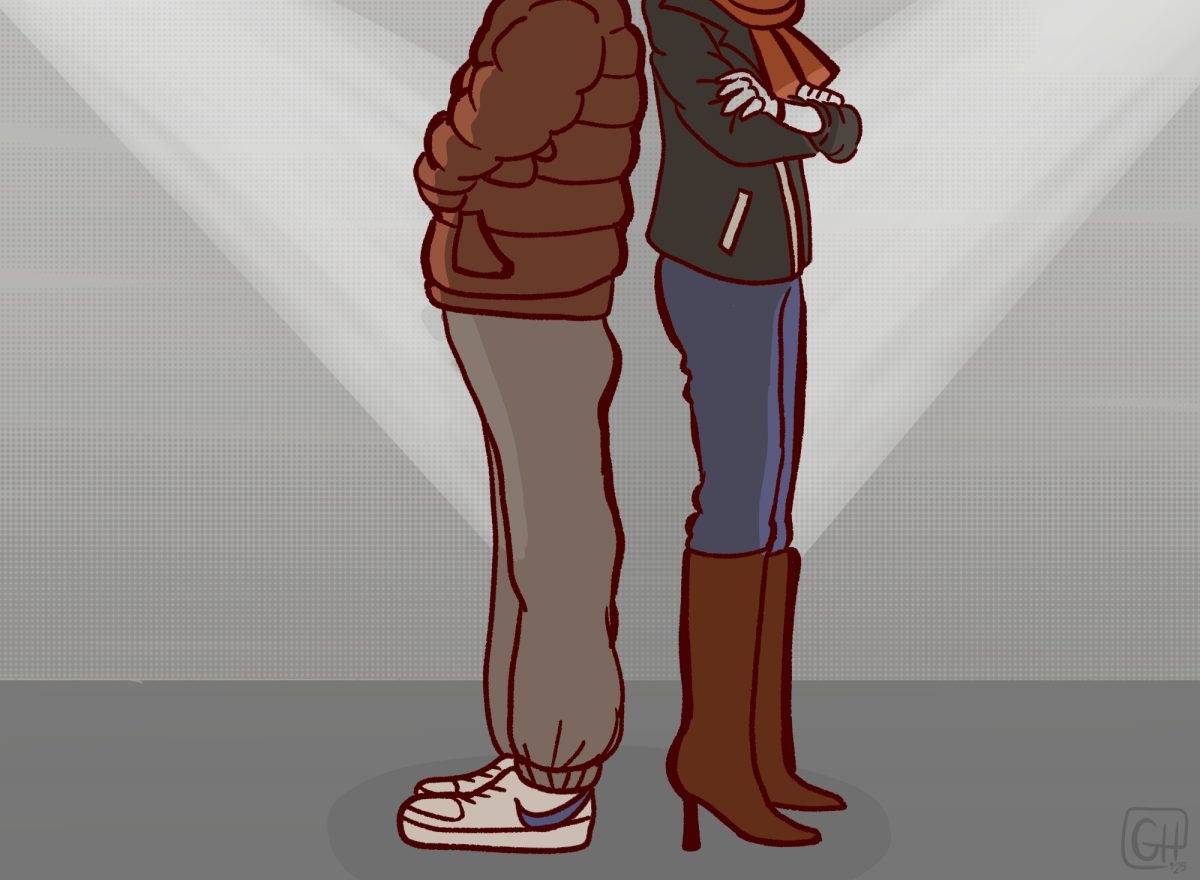“Fueled with the terror of becoming prey, see how quickly we become predator” said Dr. Volumnia Gaul, head gamemaker in the prequel to The Hunger Games saga.

Set to be released in theaters on Nov. 17, “The Hunger Games: The Ballad of Songbirds and Snakes” takes us 64 years into the past, outlining President Coriolanus Snow’s fall to insanity and rise to power. It’s the foundation we needed to understand Snow’s inhumanity— his pure hunger for power and stability in the way he pictures it to be.
As an avid Hunger Games fan, I was itching to see the newest addition to the series, curious of how it would hold a candle to the other four movies.
Frankly, I’m not even sure if it fits in the series altogether –– it stands as its own entity, and that separate entity is undoubtedly done well.
It has its allusions: Lucy Gray Baird, the protagonist, singing the rally cry anthem that fueled a revolution, taunting the very man which the revolt targeted. The bow and arrows sitting untouched in a demolished, debris-filled arena –– pristine and prime for the taking. The white rose Coriolanus Snow handed to Lucy Gray upon her arrival to the capital.
The easter eggs are endless and apparent. Naturally, it has The Hunger Games feel in its cinematics and its characters, but this movie is pretty disconnected from its predecessors.
When I think of Katniss Everdeen, the image that comes to mind is the notorious curtsy. All eyes are shifted toward her as she takes a performative curtsy for the gamemakers in her private training assessment in the first movie –– sarcastically saying: “Thank you for your consideration.”
A clear jab at an utterly obvious preconceived notion can label this bow as nothing short of an act of defiance. Its appearance in “Catching Fire” in a similar context makes it all the more powerful, and its inclusion in the prequel solidifies its place in this saga as iconic.
Lucy Gray Baird stood on the stage at the reaping in district 12, curtseying for all of Panem to see. Lucy Gray, in tandem with Katniss Everdeen, is about as performative as they come. They’re all for making a statement, but only if it’s by their own will –– for them, where there is a will there will always be a way, whether that way is a guitar or a bow and arrow. Honestly, though, their performative nature may be the only thing that links these characters together.
Where I found an unlikely comparison, however, was in the character arcs of Coriolanus Snow in the prequel and Peeta Mellark in “Hunger Games: Mockingjay — Part 1.” Snow is soft and gentle, compassionate and kind — you almost begin to like him, until he’s driven toward corruption when placed in the hands of The Capitol.
Sound familiar? Peeta is Panem’s sweetheart for those very same traits until The Capitol tortured him until he was brainwashed. I never thought I’d see the day where I’d be drawing comparisons between the heartless President Snow and pure Peeta Mellark.
To me, what makes “The Hunger Games” movies so remarkable is how well thought-out they are. This is where the true differentiation between the prequel and the rest of the movies in the series sinks in.
There are very few loose subplots in the first four movies, but the same cannot be said for “The Ballad of Songbirds and Snakes.” I left the theater confused –– you could almost see the exact moment the producers ran out of time, scrambling to cram in Snow’s striking ending line: “Snow lands on top”.
There’s a scattered ‘daddy issues’ storyline for Snow and his cousin Tigris, and who even knows what happened to Lucy Gray. There’s an underdeveloped explanation for Snow’s internal flipped switch –– he goes from encouraging his best friend Sejanus’s ambition for change to ratting him out by way of jabberjay –– and you never really see what specifically influenced this switch. Was it his hunger for power back home in The Capitol? Was it Tigris and Grandma’am awaiting his return home? And again, who even knows what happened to his affection for Lucy Gray?! This is not “The Hunger Games” I know — “The Hunger Games” I grew up with. That Hunger Games has much fewer loose ends.
Easter eggs aside and character traits considered, there isn’t much more comparison to be done. Though it served its purpose in contextualizing President Snow, it feels out of place in the Saga.
I’m not sure if it’s just been a bit too long since the fourth Hunger Games movie was released, but this prequel felt less like an addition to the series and more like a spinoff of the originals: a mere mimicking of a storyline. If anything, I would gather that this mimicking adds to the idea that history repeats itself, but that conclusion in reality is drawn because of the allusions to the other four movies –– and allusions alone aren’t enough to bind these movies together.
















































































































